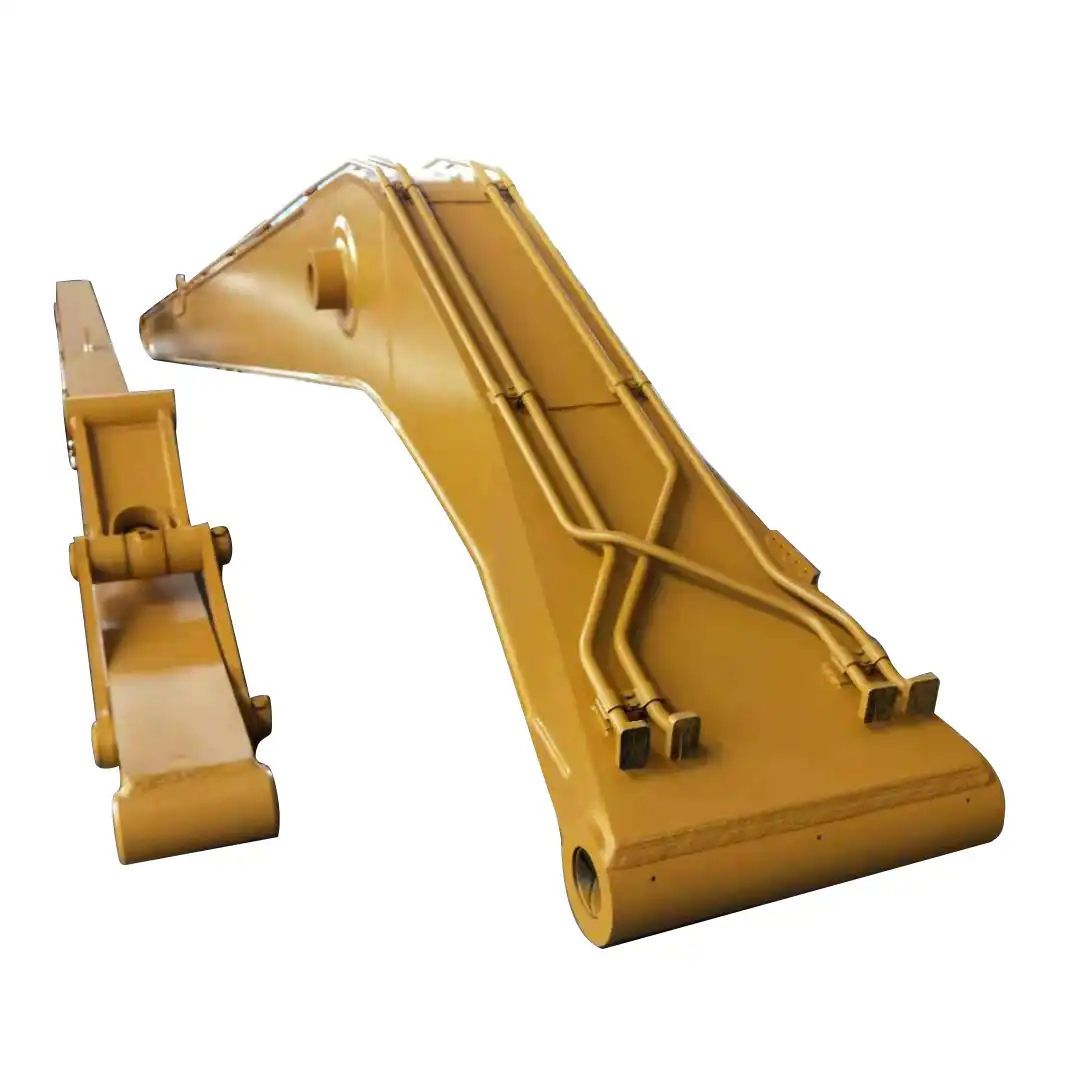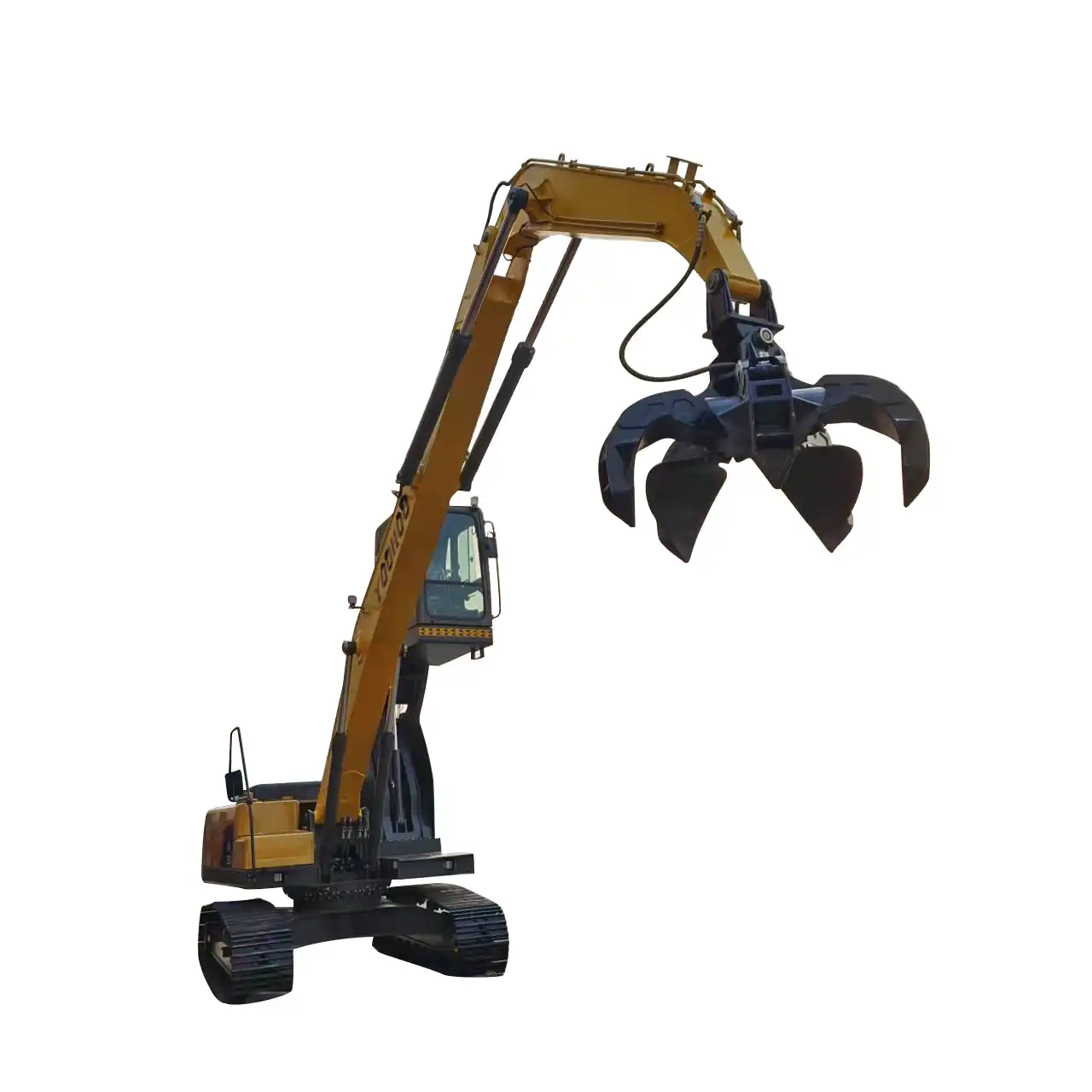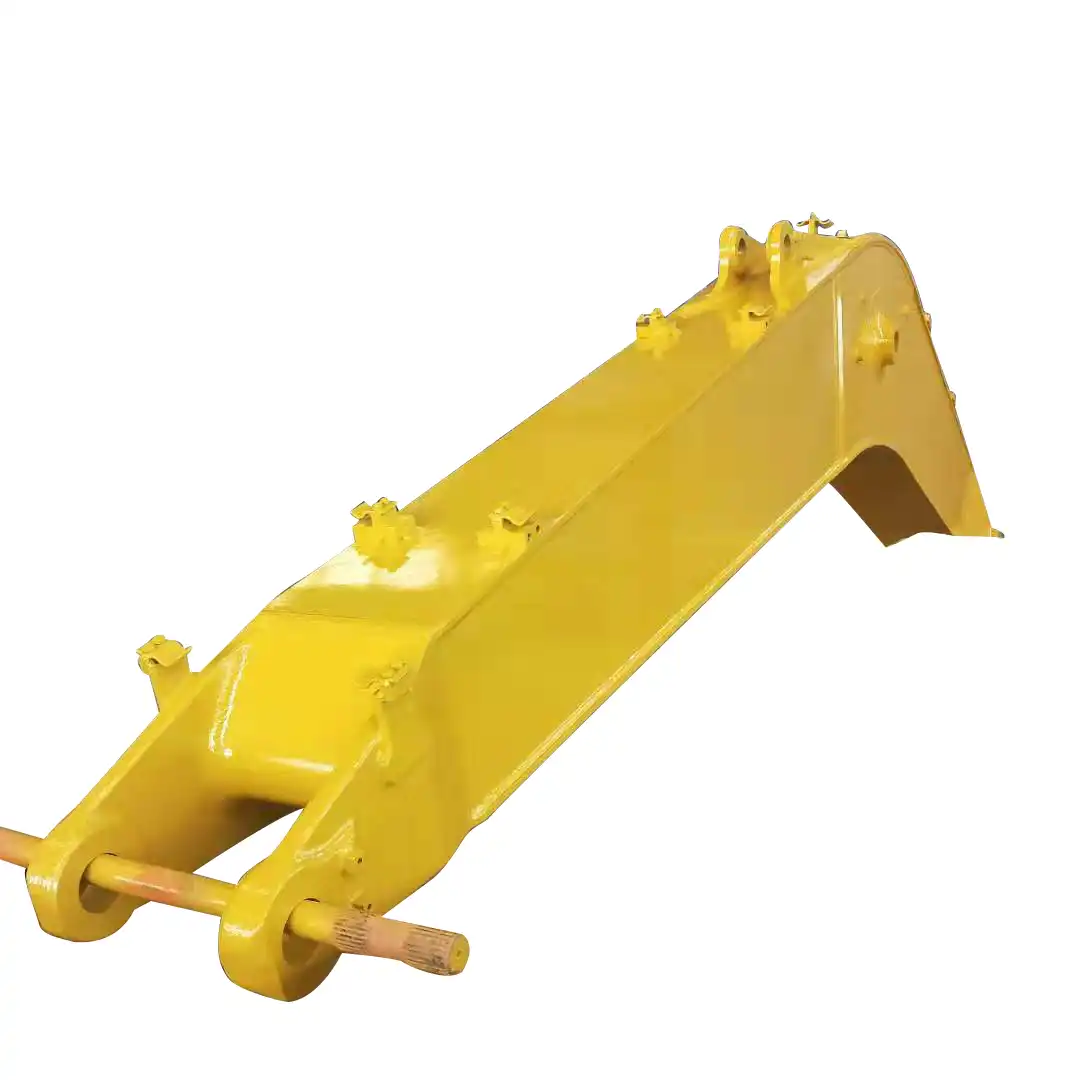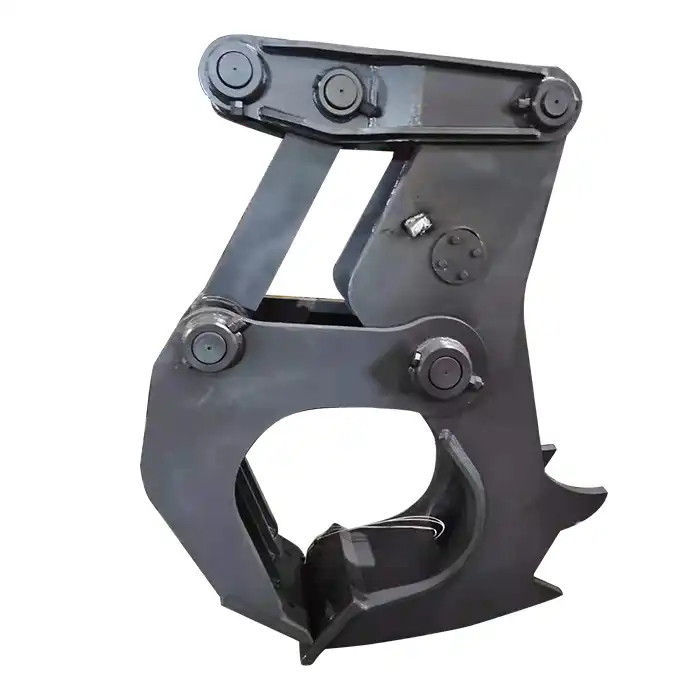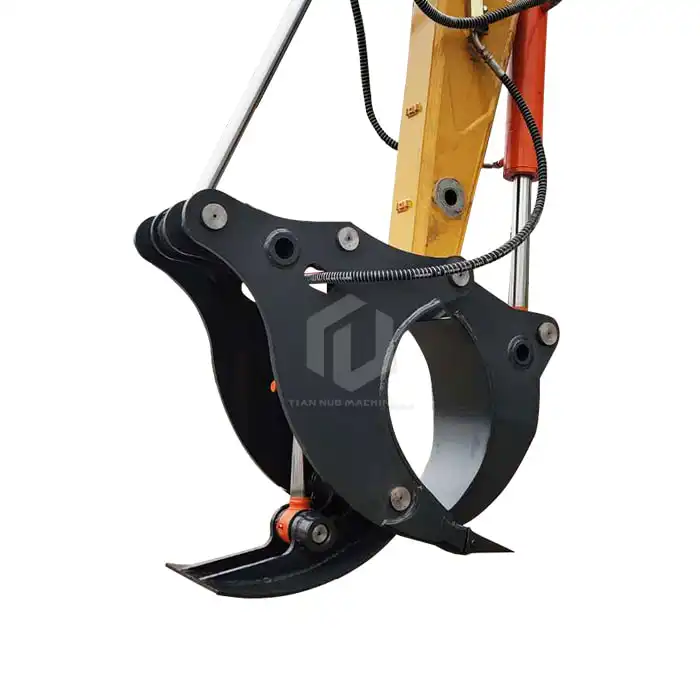How do China excavator extension arm manufacturers ensure durability and performance?
Excavator extension arms are crucial components in the construction and mining industries, allowing operators to reach greater depths and heights with their machines. China, as a leading manufacturer of construction equipment, has significantly contributed to the development and production of high-quality excavator extension arms. This article delves into the methods employed by China excavator extension arm suppliers to ensure the durability and performance of their products.
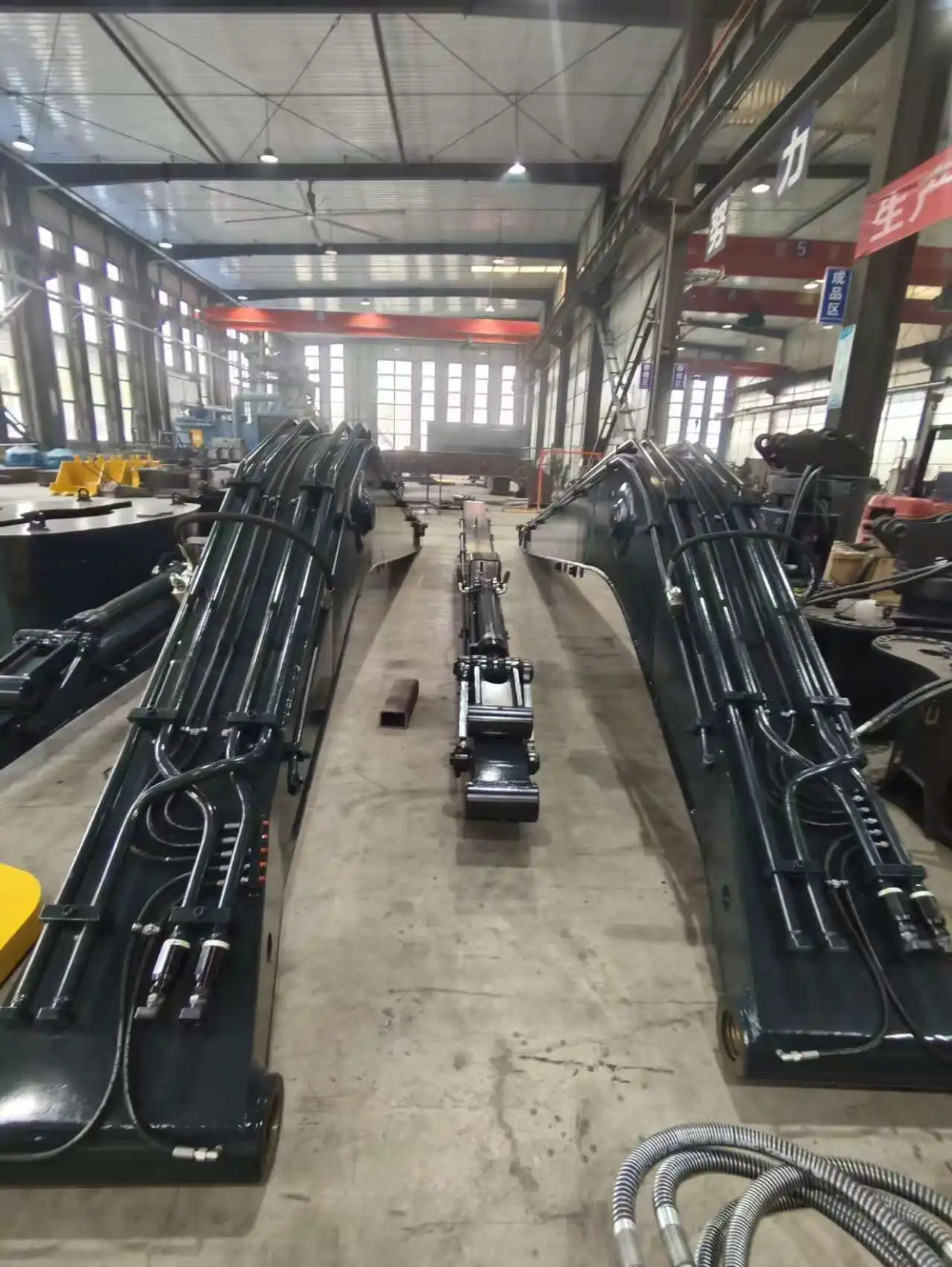
What materials are commonly used to enhance durability?
The choice of materials plays a pivotal role in determining the durability and performance of excavator extension arms. China excavator extension arm manufacturers primarily use high-strength steel alloys to construct these crucial components. These alloys typically include a combination of carbon, manganese, nickel, and chromium, which contribute to the arm's overall strength and resistance to wear and tear.
One of the most commonly used materials is Q345B steel, a low-alloy high-strength structural steel. This material offers an excellent balance between strength and ductility, making it ideal for the demanding conditions in which excavator extension arms operate. Q345B steel has a yield strength of approximately 345 MPa and a tensile strength ranging from 470 to 630 MPa, providing the necessary robustness for heavy-duty applications.
In addition to Q345B, some manufacturers opt for even higher-grade steels such as Q390 or Q420. These materials offer increased yield and tensile strengths, allowing for thinner arm sections without compromising structural integrity. This reduction in weight can lead to improved fuel efficiency and increased payload capacity for the excavator.
To further enhance durability, China excavator extension arm suppliers often incorporate wear-resistant plates in high-stress areas. These plates, typically made from materials like NM400 or NM500, offer superior hardness and abrasion resistance compared to standard structural steels. By strategically placing these wear-resistant plates, manufacturers can significantly extend the service life of the extension arm, particularly in applications involving abrasive materials like rock or concrete.
How does heat treatment improve the strength of an extension arm?
Heat treatment is a crucial process in the manufacturing of excavator extension arms, as it significantly enhances the mechanical properties of the steel used in their construction. China excavator extension arm manufacturers employ various heat treatment techniques to improve the strength, toughness, and wear resistance of their products.
One of the most common heat treatment processes used is quenching and tempering. This two-step process begins with heating the steel to a high temperature, typically around 850-900°C, and then rapidly cooling it in oil or water. This quenching process creates a martensitic structure in the steel, which is extremely hard but also brittle. To balance this hardness with the necessary toughness, the steel is then tempered by reheating it to a lower temperature, usually between 200-600°C, and allowing it to cool slowly.
The quenching and tempering process results in a microstructure that combines high strength with good ductility and toughness. This balance of properties is essential for excavator extension arms, which must withstand significant stress and impact loads during operation. The exact parameters of the heat treatment process are carefully controlled to achieve the optimal balance of properties for the specific application.
Another heat treatment technique employed by some China excavator extension arm suppliers is normalizing. This process involves heating the steel to a temperature above its critical point (typically around 900°C) and then allowing it to cool in still air. Normalizing helps to refine the grain structure of the steel, resulting in improved strength and toughness. This process is particularly useful for large, thick sections of the extension arm, where achieving uniform properties throughout the material can be challenging.
In addition to these primary heat treatment processes, some manufacturers may employ surface hardening techniques such as induction hardening or flame hardening. These methods can create a hard, wear-resistant surface layer on specific areas of the extension arm while maintaining a tough, ductile core. This localized hardening is particularly beneficial for high-wear areas such as pin holes and bearing surfaces.
How do manufacturers test extension arms for performance?
Rigorous testing is a critical step in ensuring the durability and performance of excavator extension arms. China excavator extension arm manufacturers employ a variety of testing methods to verify that their products meet or exceed industry standards and customer expectations.
One of the primary testing methods is static load testing. In this process, the extension arm is subjected to loads that simulate the maximum forces it would experience during normal operation. These tests typically involve applying loads in various directions, including vertical, horizontal, and torsional forces. Strain gauges and other sensors are used to measure the arm's deformation under load, allowing engineers to verify that the arm performs within design parameters and identify any potential weak points.
Fatigue testing is another crucial aspect of performance evaluation. Given that excavator extension arms are subjected to repeated loading and unloading cycles throughout their service life, it's essential to ensure they can withstand this cyclic stress without failure. Manufacturers use specialized testing equipment to apply alternating loads to the arm, simulating thousands or even millions of operational cycles. This testing helps to identify any potential fatigue-related issues and validate the arm's long-term durability.
In addition to mechanical testing, China excavator extension arm suppliers often conduct non-destructive testing (NDT) to ensure the integrity of their products. Common NDT methods include:
- Ultrasonic testing: Used to detect internal flaws or discontinuities in the material
- Magnetic particle inspection: Helps identify surface and near-surface defects in ferromagnetic materials
- Dye penetrant testing: Useful for detecting surface-breaking defects in both ferrous and non-ferrous materials
These NDT methods allow manufacturers to inspect the extension arms thoroughly without compromising their structural integrity, ensuring that only defect-free products are delivered to customers.
Field testing is the final stage of performance evaluation for many manufacturers. This involves installing the extension arm on an actual excavator and putting it through a series of real-world operational tests. Field testing allows manufacturers to assess the arm's performance under genuine working conditions, including factors such as ease of installation, compatibility with the excavator's hydraulic system, and overall functionality.
China Excavator Extension Arm Suppliers
China excavator extension arm manufacturers have established themselves as leaders in the industry through their commitment to quality, durability, and performance. By employing advanced materials, sophisticated heat treatment processes, and rigorous testing methods, these suppliers ensure that their products meet the demanding requirements of modern construction and mining operations.
For detailed information or inquiries, please reach out to our management team at arm@stnd-machinery.com, or connect with our dedicated team members at rich@stnd-machinery.com and tn@stnd-machinery.com. At Tiannuo Machinery, we are committed to delivering excellence in railway maintenance solutions.
References:
- Zhang, L., & Liu, C. (2017). Mechanical properties and microstructure of Q345B steel. Materials Science and Engineering: A, 688, 288-293.
- Wang, Y., et al. (2019). Comparison of mechanical properties and microstructure of Q390 and Q420 high-strength steels. Journal of Materials Engineering and Performance, 28(5), 2785-2793.
- Liu, H., et al. (2018). Wear resistance and microstructure of NM400 wear-resistant steel. Wear, 406-407, 166-175.
- Bhadeshia, H., & Honeycombe, R. (2017). Steels: Microstructure and Properties. Butterworth-Heinemann.
- Totten, G. E. (Ed.). (2006). Steel heat treatment: Metallurgy and technologies. CRC press.


